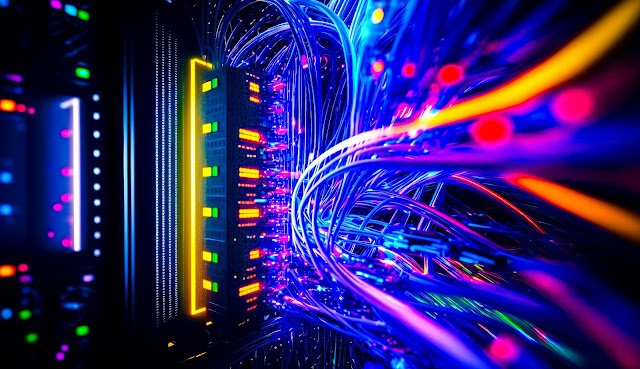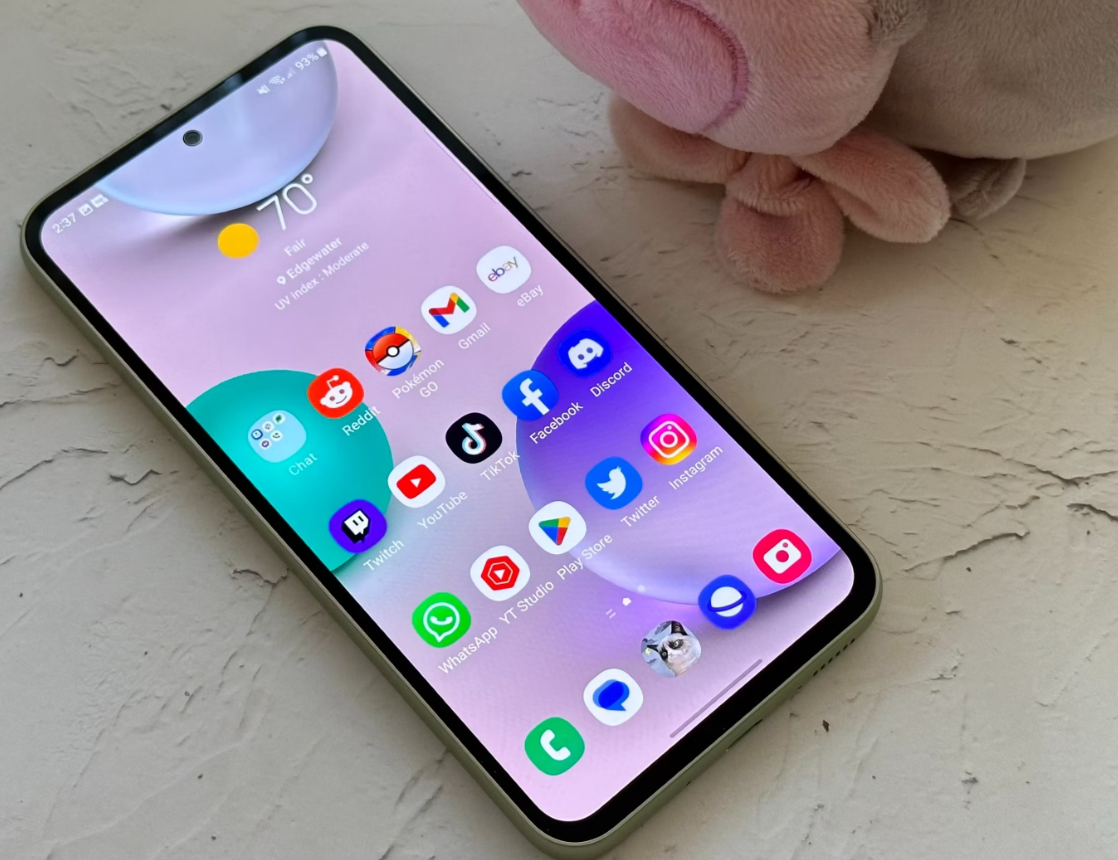Immune to Weather
Unlike copper cables that can degrade in adverse weather conditions, Fiber Optic Networks are immune to such factors. Rain, snow, or extreme temperatures won’t affect the performance of these networks.
Applications of Fiber Optic Networks
The versatility of Fiber Optic Networks extends far beyond faster internet. These networks have found applications in various sectors, reshaping industries and improving our quality of life.
Telecommunications
In the telecommunications sector, Fiber Optic Networks form the backbone of long-distance communication. They enable crystal-clear voice calls, high-definition video streaming, and lightning-fast internet browsing.
Healthcare
Fiber Optic Networks have revolutionized healthcare by enabling telemedicine. Doctors can now perform remote surgeries with precision, thanks to the low latency and high bandwidth of these networks.
Education
With the shift towards online learning, Fiber Optic Networks have become essential for students and educators alike. They ensure uninterrupted virtual classes and access to a vast repository of educational resources.
Entertainment
Streaming platforms have thrived due to Fiber Optic Networks. They bring us high-definition movies, TV shows, and live sports events, all without buffering or pixelation.
Smart Cities
Fiber Optic Networks play a pivotal role in transforming cities into smart, connected hubs. They enable smart traffic management, energy-efficient lighting, and enhanced security through surveillance systems.
Fiber Optic Networks in Business
Businesses across the globe are reaping the benefits of Fiber Optic Networks. Here’s how they are making an impact:
Increased Productivity
Fiber Optic Networks facilitate faster data transfer and seamless collaboration, boosting productivity in the workplace. Teams can work efficiently, even when located remotely.
Cost Savings
While the initial setup cost of Fiber Optic Networks may be higher than traditional networks, they offer long-term cost savings. Reduced downtime and maintenance expenses make them a wise investment.



